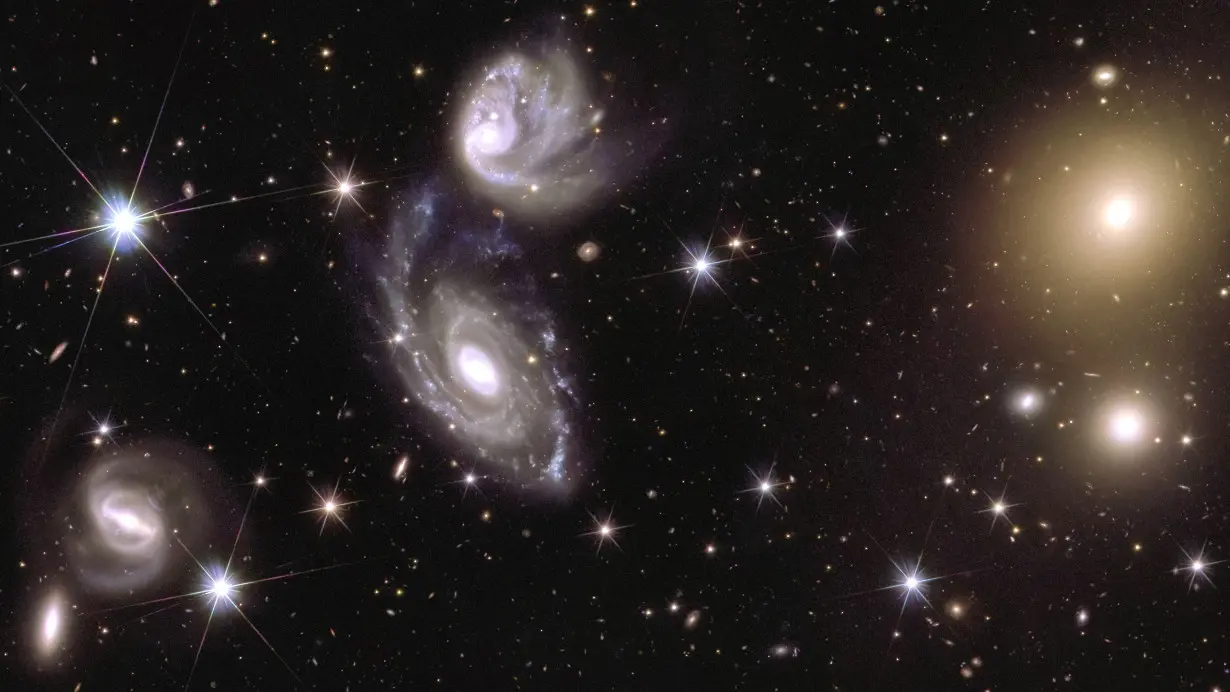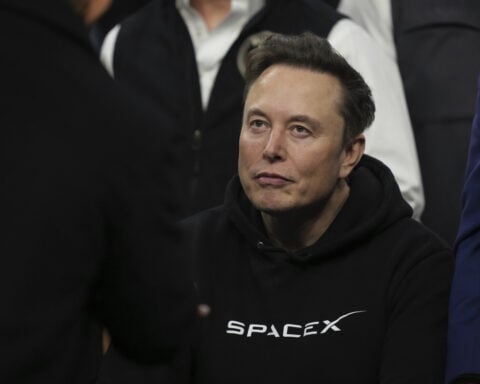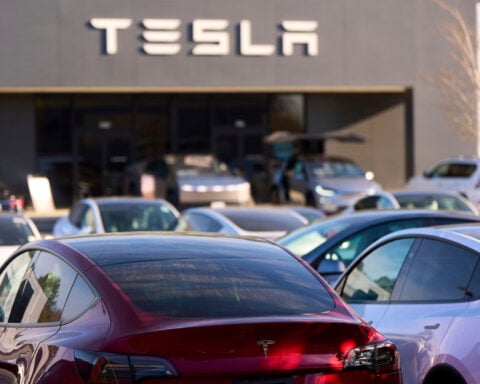(CNN) — Greetings, earthlings! I’m Jackie Wattles, and I’m thrilled to be a new name bringing awe to your inbox.
I’ve covered space exploration for nearly a decade at CNN, and there has never been a more exciting time to follow space and science discoveries. As researchers push forward to explore and understand the cosmos, advancements in technology are sparking rapid developments in rocketry, astronomical observatories and a multitude of scientific instruments.
Look no further than the missions racing to unlock dark matter and the mysterious force known as dark energy, both so named precisely because science has yet to explain these phenomena.
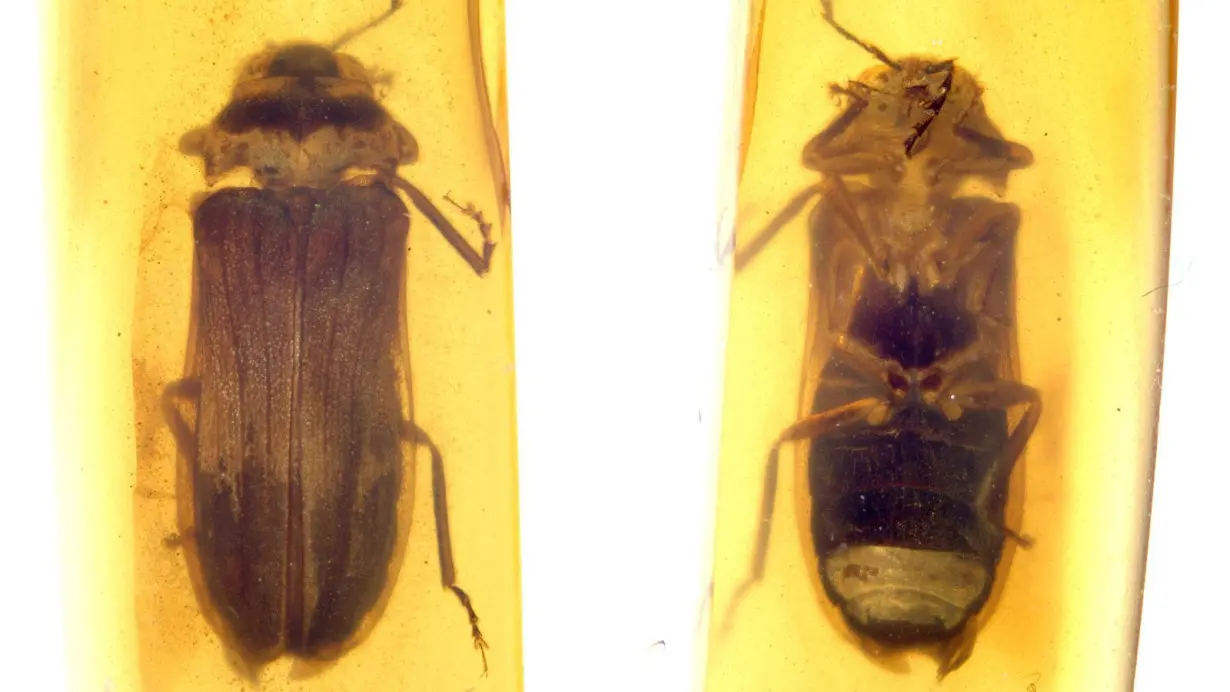
Astronomers have never detected dark matter, but they believe it makes up about 85% of the total matter in the universe. Meanwhile, the existence of dark energy helps researchers explain why the universe is expanding — and why that expansion is speeding up.
Across the universe
Extraordinary new scientific instruments are churning out trailblazing data, ready to reshape how scientists view the cosmos.
A prime example is the European Space Agency’s wide-angle Euclid telescope that launched in 2023 to investigate the riddles of dark energy and dark matter.
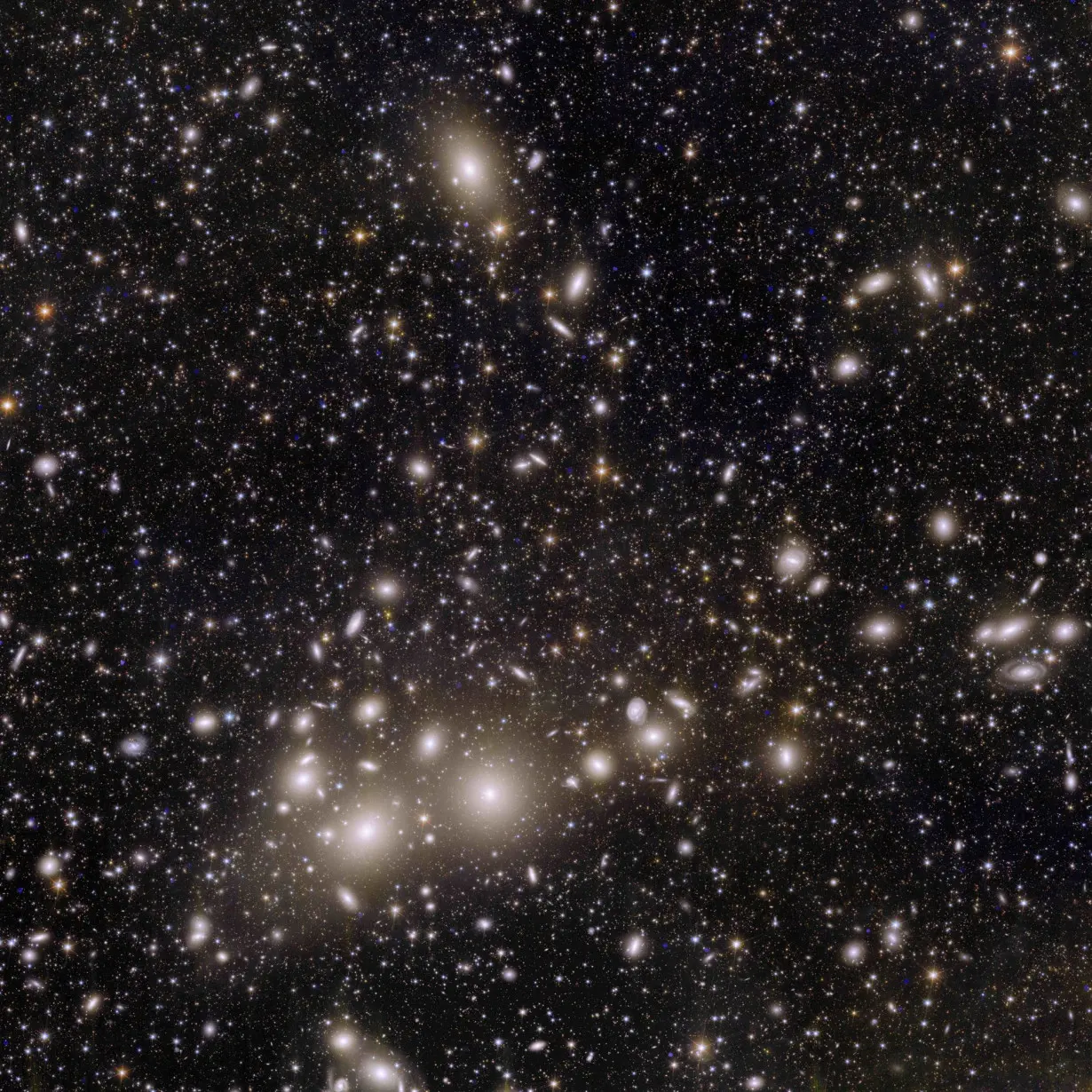
Euclid this week delivered the first piece of a cosmic map — containing about 100 million stars and galaxies — that will take six years to create.
These stunning 3D observations may help scientists see how dark matter warps light and curves space across galaxies.
Meanwhile, on a mountaintop in northern Chile, the US National Science Foundation and Stanford University researchers are preparing to power up the world’s largest digital camera inside the Vera C. Rubin Observatory.
Unearthed
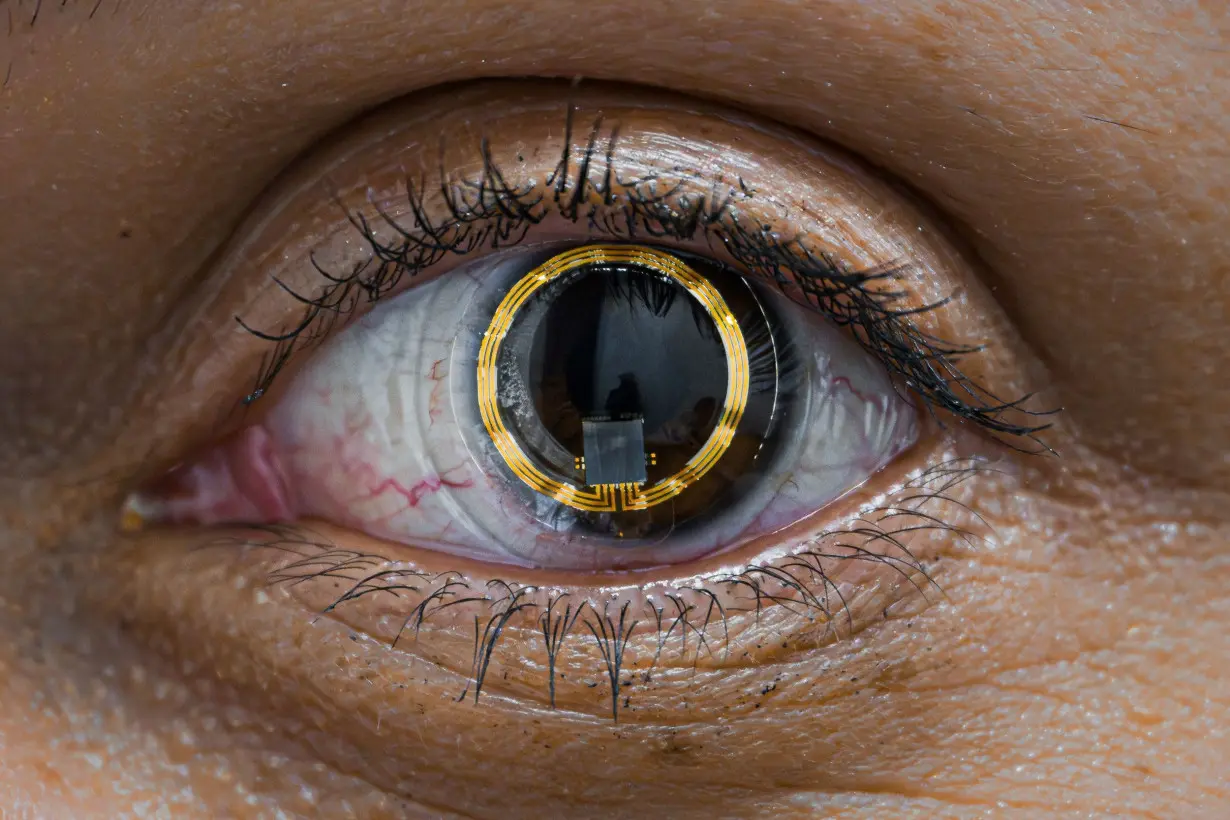
In the mountains of Uzbekistan, a research team used lasers strapped to a flying robot to uncover two cities buried and lost for centuries.
The anthropologists said they had mapped these forgotten medieval towns for the first time — located at a key crossroad of ancient silk trade routes — using a drone equipped with LiDAR, or light detection and ranging equipment.
When nature reclaims what’s left of once thriving civilizations, scientists are increasingly turning to remote sensing to peer through dense vegetation.
The images revealed two large settlements dotted with watchtowers, fortresses, complex buildings, plazas and pathways that tens of thousands of people may have called home.
Defying gravity
Remember the citizen astronauts who took a SpaceX capsule on a daring ride into a radiation belt and carried out the first private spacewalk in September?
Those thrill-seeking explorers, otherwise known as the Polaris Dawn crew, spoke to CNN about some of the uncomfortable medical issues they experienced in space — a stark reminder that the human body is not designed for microgravity.
Blurred vision, nausea and vomiting were among the symptoms the four-person crew reported.
But these issues weren’t unexpected. As part of the mission, the group carried out research that aims to understand and treat space-related ailments.
A long time ago…
Researchers have long known an 800-year-old tale about a dead man thrown into a well at Sverresborg Castle in Norway. Tossing the body was likely part of an attempt to poison the water supply during a gruesome military raid, the Sverris saga explains.
Now, DNA analysis is allowing scientists to corroborate the story in a stunning marriage of history and legend with science and technology.
Researchers initially uncovered the bones of a person dubbed “Well-man” near the castle in 1938. But only now, using advanced gene-sequencing technology, has a study team been able to etch out a clearer picture of who the man was — and the findings revealed an unexpected twist.
Fantastic creatures
At least two species of firefly glimmered in the night sky in the Mesozoic Era, according to new research.
That means dinosaurs may have witnessed the soft evening glow emitted by the bioluminescent insects.
Building on a past analysis of the first firefly species identified from that era, initially described in 2015, a separate team of scientists investigated another 99 million-year-old firefly trapped in tree resin.
This specimen, found in northern Myanmar in 2016, may help researchers better understand how fireflies evolved the ability to glow at least 100 million years ago.
Scientists are only now beginning to glean the evolution of these captivating creatures because their soft bodies are so difficult to preserve in the fossil record.
Turn, turn, turn
Check out these can’t-miss reads:
— A gargantuan meteorite estimated to be four times the size of Mount Everest struck Earth 3.2 billion years ago. The space rock boiled oceans, but scientists now believe the strike’s aftereffects may have jump-started conditions for recovering life to thrive.
— Four astronauts who rode home aboard a SpaceX capsule on Friday were unexpectedly sent to a Florida medical facility. Three crew members were discharged, but one remained hospitalized with a “medical issue” that NASA hasn’t disclosed.
— The two Boeing Starliner astronauts weren’t on that mission. Here’s why they couldn’t catch the first flight back to Earth.
— Even if sky-gazers missed the peak of the Orionid meteor shower this week, there is still a chance to observe the annual celestial display and plenty of other cosmic phenomena on the horizon.
The-CNN-Wire
™ & © 2024 Cable News Network, Inc., a Warner Bros. Discovery Company. All rights reserved.

 Trump has begun another trade war. Here's a timeline of how we got here
Trump has begun another trade war. Here's a timeline of how we got here
 Canada's leader laments lost friendship with US in town that sheltered stranded Americans after 9/11
Canada's leader laments lost friendship with US in town that sheltered stranded Americans after 9/11
 Chinese EV giant BYD's fourth-quarter profit leaps 73%
Chinese EV giant BYD's fourth-quarter profit leaps 73%
 You're an American in another land? Prepare to talk about the why and how of Trump 2.0
You're an American in another land? Prepare to talk about the why and how of Trump 2.0
 Chalk talk: Star power, top teams and No. 5 seeds headline the women's March Madness Sweet 16
Chalk talk: Star power, top teams and No. 5 seeds headline the women's March Madness Sweet 16
 Purdue returns to Sweet 16 with 76-62 win over McNeese in March Madness
Purdue returns to Sweet 16 with 76-62 win over McNeese in March Madness
